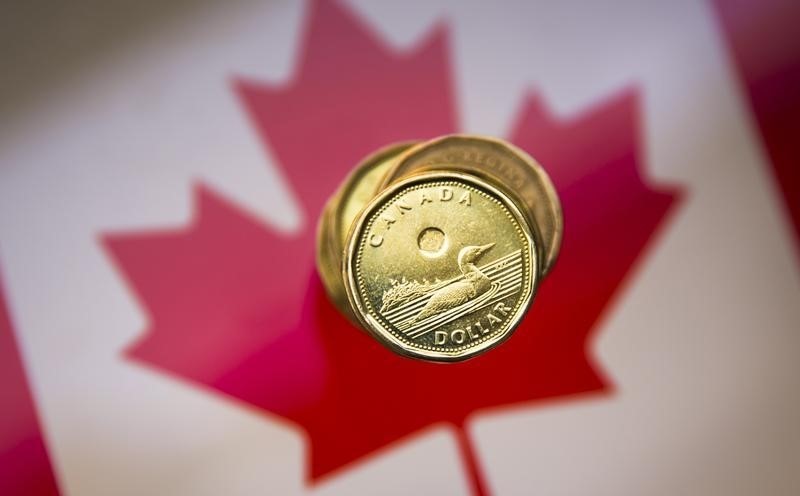By Ketki Saxena
Investing.com -- The Canadian dollar weakened against its US counterpart today (and set for its worst monthly decline against the greenback since March 2020) as the US dollar was boosted by today’s larger-than-expected jump in Personal Consumer Expenditures.
As the US Federal Reserve's preferred gauge of inflation, today’s indicator is a significant indicator that the US central bank will stick to its path of aggressive monetary policy tightening through the end of the year.
At 2:50 p.m ET, the USD/CAD pair was trading at C$1.3814 to a US dollar, up 1.00% in the day's trading, and with the day's range of 1.3658 - 1.3815.
The risk-sensitive loonie was further pressured by a slide in crude prices. While set to post a weekly gain, on the quarter, oil prices have seen their first decline since 2020 as worries of economic slowdown dominate.
The loonie is also losing ground against the greenback as the Fed is expected to have a terminal rate higher than the Bank of Canada’s, and be able to maintain it at that point for longer than the Canadian central bank will be able to.
Looking ahead, Matías Salord at FX Street writes “Even as markets calm down, moves larger than average in USD/CAD are likely next week. Market participants will continue to look particularly at the bond market, stocks and the pound. Next Friday, Canada and the US will release the official employment reports.”
From a technical perspective, Salord notes that “USD/CAD is moving with a bullish bias. The only bearish sign is the extreme overbought readings. The next strong barrier is the 1.3900 area. During the last days, the pair has been moving sideways between 1.3750 and 1.3600, holding onto most of the recent gains."
